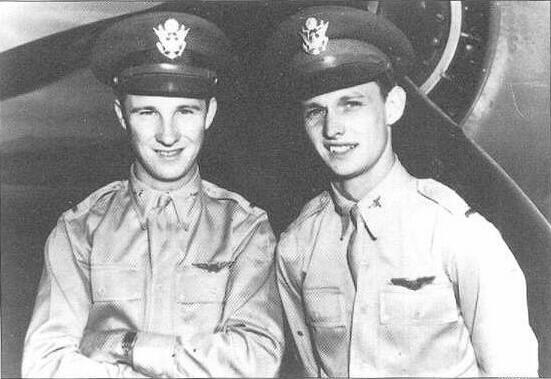The Story of Haleiwa Fighter Strip
Prior to the outbreak of war in the Pacific, Haleiwa Fighter Strip on Oahu's North Shore seemed like more of an afterthought than an actual military installation. It served as an emergency landing field, but the strip was unpaved and potentially unfit for most incoming aircraft. As an auxiliary to Wheeler Field at the center of the island, the coastal air field wasn’t often used as a real landing strip but was mainly utilized for simulated battle for trainee gunners.
Haleiwa Fighter Strip on December 7, 1941
The early history of Haleiwa Fighter Strip is fairly uneventful, but as with many things on Oahu, during the 1940s it saw a lot more action. On December 7, 1941, Haleiwa’s value was finally discovered when a fleet of aircraft from the Imperial Japanese Navy launched a surprise attack on the US naval base at Pearl Harbor. Though Haleiwa was on the opposite side of the island from Pearl Harbor, it was near the flight path of the first wave of the Japanese fighters and bombers.
Leading up to the 1941 attack, Haleiwa had been housing aircraft assigned to Wheeler: eight Curtiss P-40 Warhawks and two Curtiss P-36 Mohawks. As the Japanese began their attack, they targeted airfields including Hickam and Wheeler, hoping to prevent any attempts at an American counter assault. Haleiwa Fighter Strip remained unscathed, despite housing ten aircraft.
Heroes of Haleiwa
Japan’s overlooking of Haleiwa made possible one of the many heroic tales spawned by the tragedy. Two pilots, Lt. George S. Welch and 2nd Lt. Kenneth M. Taylor, were stationed at Wheeler when the attack started. Prior to that morning, the two men had flown their P-40B fighters to Haleiwa Fighter Strip.
The two pilots knew what they had to do and so, as chaos erupted around them, they hopped in their cars and drove to the isolated field. There was no hesitation from either of them as they located their planes and, foregoing the standard pre-takeoff checklist, launched down the unpaved airstrip of Haleiwa.
Taylor and Welch, along with three other pilots from Haleiwa Fighter Strip who were able to get their planes into the air, were credited with shooting down a total of nine Japanese aircraft. Four were attributed to Welch and two to Taylor. Each of the five pilots who took to the skies to combat the attackers was awarded the Distinguished Flying Cross.
After the Attack
During the war, the airstrip was paved to handle the influx of traffic. When the war ended, Haleiwa was converted into a civilian airport, although it was later abandoned. Today, much of the field has been lost to the elements and time. The severely damaged remains of the single paved runway are still visible, along with the foundation of the control tower.
Though Haleiwa Fighter Strip was an otherwise unremarkable field, it would go down in history as the spot where Pearl Harbor heroes took to the skies to fight back against the attackers.








